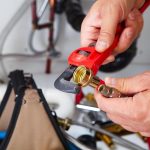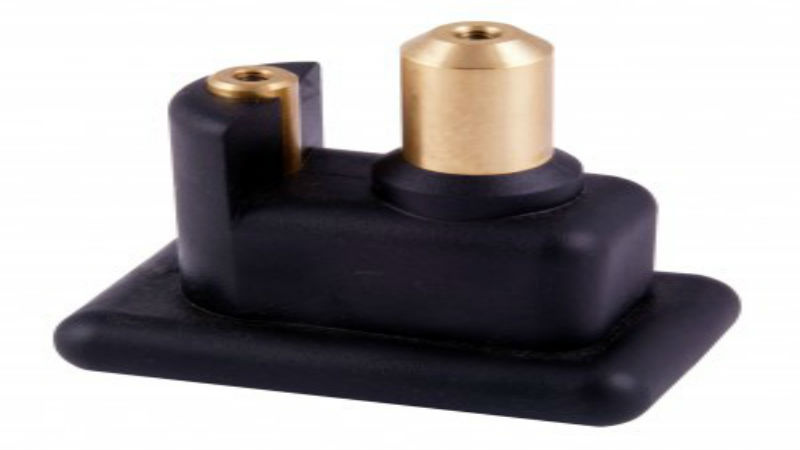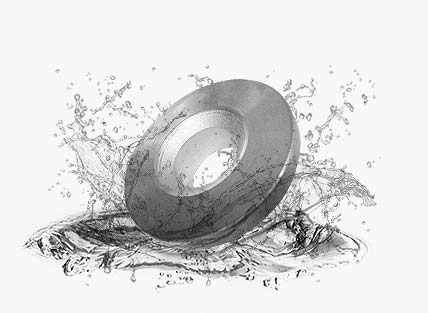In any number of applications and environments where corrosion is a concern, the use of zinc nickel electroplating provides a cost-effective, durable option to protect the surface of the metal.
With over 4 decades of use of the process, there is a lot of expertise in the plating industry in using this type of plating process. However, many OEMs are not always aware of the increased corrosion resistance zinc nickel offers over a zinc plating process, or why it is also better to protect against wear and tear.
Industry Use
One industry that is embracing the use of zinc nickel electroplating is the automotive industry. The automotive manufacturers were quick to see the benefits, and the aerospace and equipment manufacturers have also started to choose this electroplating process due to the higher levels of corrosion resistance and longer coating life cycle even extreme types of use conditions.
Increased Wear Resistance
With the use of both zinc nickel electroplating and then a passivating layer and even the option of a sealant layer, the part or component is fully protected. The process allows for good to very good throwing power, which means even complex shapes can be uniformly plated, something that can be a problem with some plating options and complex shapes.
Heat Tolerance
In applications where excessive heat is a concern, Zi-Ni coatings offer a good level of thermal stress relief. This is important in engines and components in and around the engines in automobiles, aerospace components and even on equipment.
In tests, with a full Zi-Ni coating that includes the passivate layer and the top sealant layer over the Zi-Ni layer, temperatures of up to 200° C are well-tolerated. Zinc electroplating, which is the more common option, starts to decrease the corrosion resistance when exposed to temperatures in excess of 120° C.







